Vegetable gardening is a rewarding and fulfilling way to produce fresh, organic food right in your backyard. Whether you’re an experienced gardener or a beginner, this guide will provide you with everything you need to know to start, maintain, and enjoy a thriving vegetable gardening.
Why Start a Vegetable Garden?
Growing your own vegetables offers a range of benefits. It’s not just about having access to fresh, healthy produce but also about connecting with nature, reducing your carbon footprint, and enjoying the therapeutic benefits of gardening. Here are some compelling reasons to start a vegetable garden:
- Healthier Produce: Home-grown vegetables are free from harmful pesticides and chemicals, making them a healthier option for you and your family.
- Cost Savings: Growing your own food can significantly reduce your grocery bills, especially if you grow high-yield crops like tomatoes, peppers, and leafy greens.
- Environmental Impact: By reducing the need for transportation and packaging, vegetable gardening is a more sustainable and eco-friendly way to enjoy fresh produce.
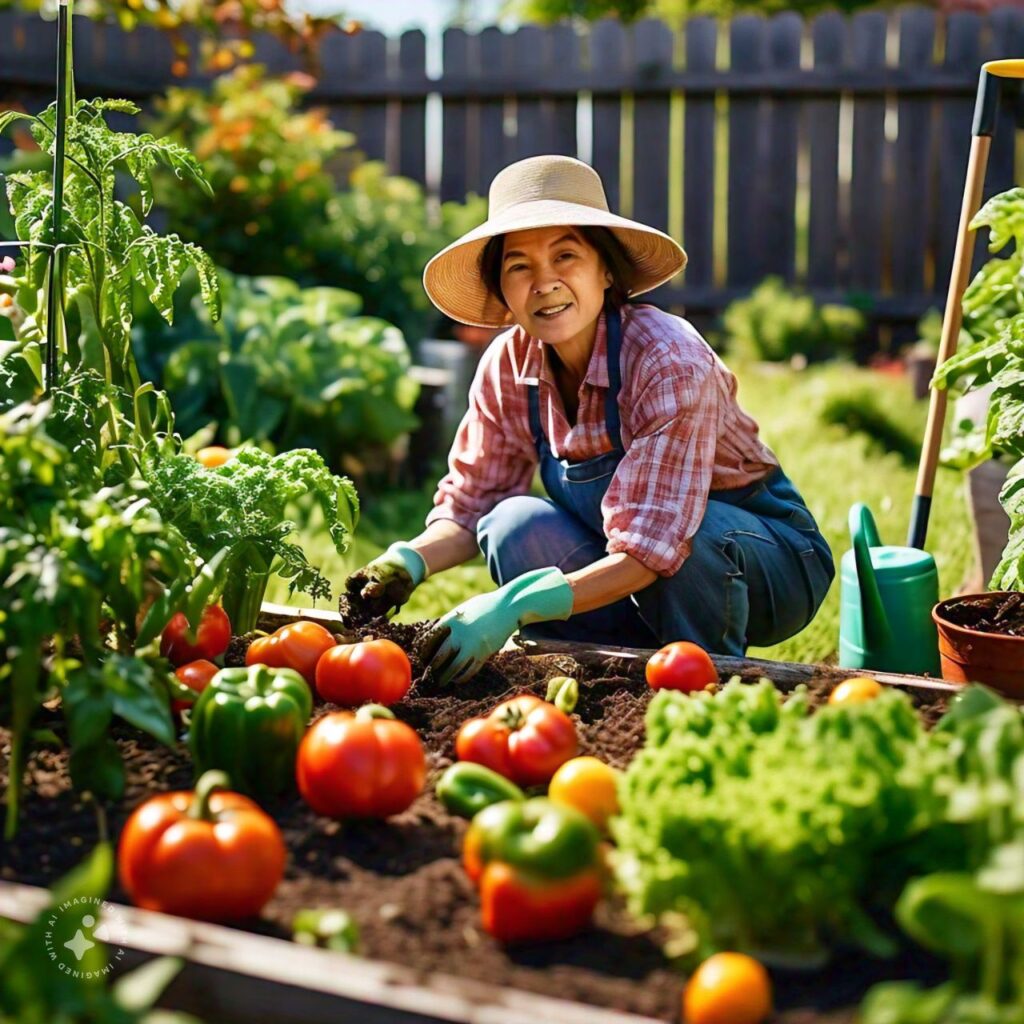
Planning Your Vegetable Gardening
Before you start planting, it’s crucial to plan your garden to ensure success. A well-thought-out garden layout and proper preparation will make your gardening experience smoother and more enjoyable.
Choosing the Right Location
The location of your vegetable garden is one of the most important factors for a successful harvest. Most vegetables require at least six to eight hours of sunlight per day. Choose a spot in your yard that receives adequate sunlight and has good drainage.
- Sunlight: Ensure your garden is positioned to receive full sunlight throughout the day. If your yard has shady areas, consider planting shade-tolerant vegetables like spinach or lettuce.
- Soil: Test the soil in your chosen location for pH levels and nutrients. Healthy, well-drained soil with the right balance of nutrients will give your plants the best chance to thrive.
- Water Source: Having a nearby water source is essential for convenience. Regular watering is crucial for healthy vegetable growth, especially during dry periods.
Deciding What to Grow
Selecting the right vegetables for your garden depends on your local climate, space, and personal preferences. Some vegetables are easier to grow than others, making them ideal for beginners. Here are some popular vegetables to consider:
- Tomatoes: One of the most popular home-grown vegetables, tomatoes thrive in warm, sunny environments.
- Carrots: Carrots are hardy and can grow in a range of soils, making them an excellent choice for beginners.
- Leafy Greens: Spinach, lettuce, and kale grow quickly and can be harvested multiple times throughout the season.
- Peppers: Peppers come in a variety of flavors and heat levels, adding color and spice to your garden.
Companion Planting
Companion planting is the practice of growing different plants together to improve growth, reduce pests, and enhance flavor. For example, planting basil near tomatoes can improve their flavor, while marigolds can help deter pests like aphids.
Preparing the Soil
Healthy soil is the foundation of a successful vegetable garden. It provides essential nutrients, retains moisture, and supports the root systems of your plants. Here’s how to prepare your soil for planting:
- Clear the Area: Remove any weeds, grass, or debris from the garden bed to prevent competition for nutrients.
- Test the Soil: Use a soil testing kit to check the pH level and nutrient content. Most vegetables thrive in slightly acidic to neutral soil (pH 6.0-7.0).
- Amend the Soil: Based on the soil test results, you may need to amend the soil by adding compost, organic matter, or fertilizers to improve fertility and drainage.
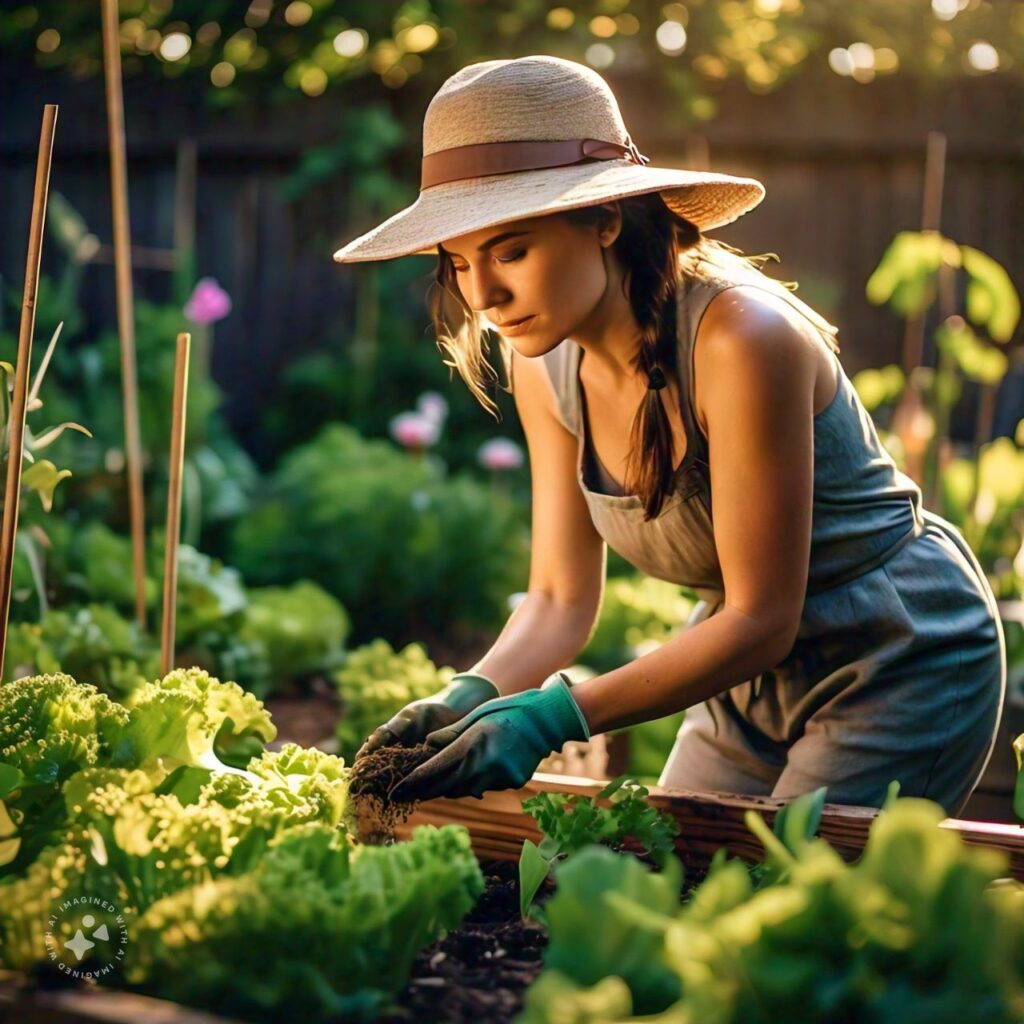
Planting Your Vegetables
Once your soil is prepared, it’s time to plant your vegetables. Timing and spacing are key factors that affect how well your plants grow.
When to Plant
The timing of planting depends on the type of vegetables and your local climate. Some vegetables, like peas and lettuce, prefer cooler temperatures and should be planted in early spring. Others, like tomatoes and peppers, thrive in warm weather and should be planted after the last frost.
Proper Spacing
Each vegetable has different spacing requirements. Overcrowding plants can lead to poor air circulation, increased risk of disease, and reduced yields. Always follow the spacing recommendations provided on seed packets or plant labels.
- Row Planting: This traditional method involves planting in straight rows with space in between for easy access.
- Square Foot Gardening: A popular method for maximizing space, square foot gardening divides the garden into small, evenly spaced sections, making it ideal for small plots.
Caring for Your Vegetable Garden
Proper care and maintenance are essential for a healthy, productive vegetable garden. Regular watering, fertilizing, and pest control will keep your garden thriving throughout the growing season.
Watering
Vegetables need consistent moisture, especially during dry spells. Water your garden deeply and regularly, ensuring the soil stays moist but not waterlogged. A drip irrigation system can help deliver water directly to the roots, reducing evaporation and promoting efficient water use.
Mulching
Applying mulch around your plants helps retain moisture, regulate soil temperature, and suppress weeds. Organic mulch, such as straw or wood chips, will decompose over time, adding nutrients back into the soil.
Fertilizing
Most vegetables benefit from regular feeding to support growth and fruit production. Organic fertilizers, such as compost or well-rotted manure, provide slow-release nutrients that improve soil health. Avoid over-fertilizing, as this can lead to excessive leafy growth at the expense of fruit production.
Pest and Disease Management
Pests and diseases can quickly damage your vegetable garden if left unchecked. Regularly inspect your plants for signs of pests, such as chewed leaves, discolored spots, or stunted growth.
- Organic Pest Control: Use natural pest control methods like neem oil, insecticidal soap, or introducing beneficial insects like ladybugs to reduce harmful pests.
- Disease Prevention: Rotate crops each year to prevent soil-borne diseases, and avoid overhead watering to reduce the risk of fungal infections.
Harvesting and Enjoying Your Vegetables
The reward of vegetable gardening is harvesting your fresh, home-grown produce. Harvesting times vary depending on the type of vegetable, but most can be picked when they reach their full size and color.
- Tomatoes: Pick tomatoes when they are fully red (or the appropriate color for the variety) and slightly soft to the touch.
- Leafy Greens: Harvest leafy greens by cutting the outer leaves first, allowing the plant to continue growing.
- Root Vegetables: Carrots, beets, and potatoes are ready to harvest when their tops start to push out of the soil.
Conclusion: The Joy of Vegetable Gardening
Vegetable gardening is not only a great way to enjoy fresh, organic produce but also a therapeutic and environmentally-friendly activity. With the right planning, care, and dedication, your vegetable gardening will reward you with delicious, home-grown food year after year. Start small, learn as you go, and most importantly, enjoy the process of watching your garden grow.
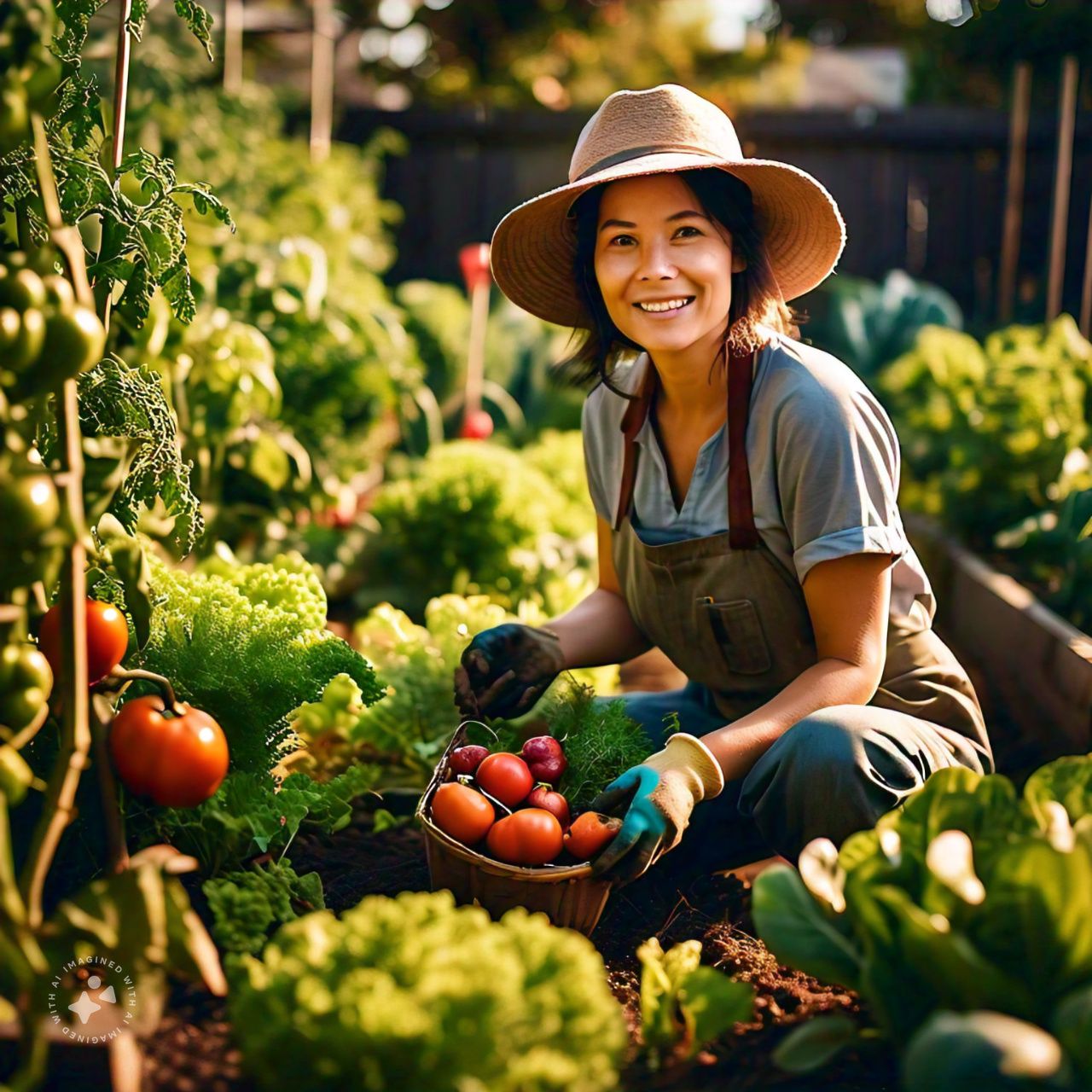
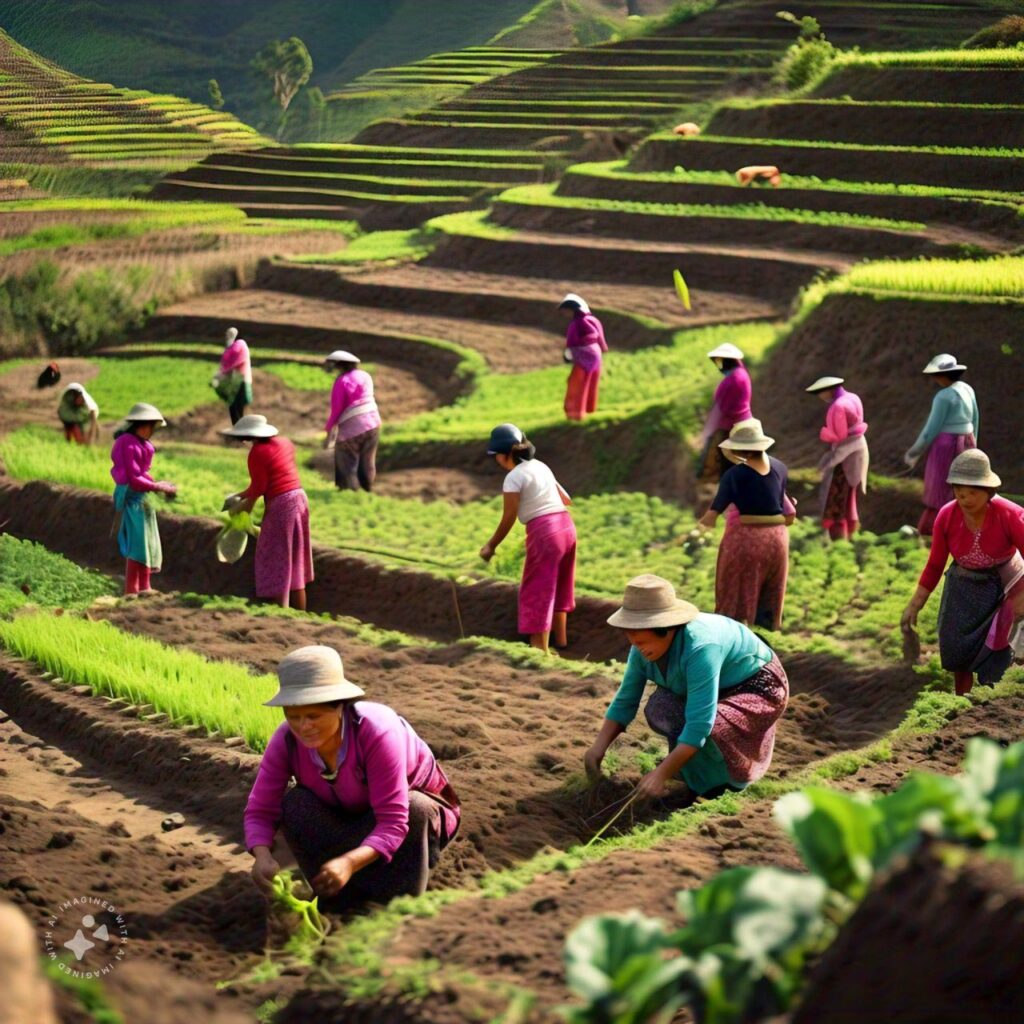
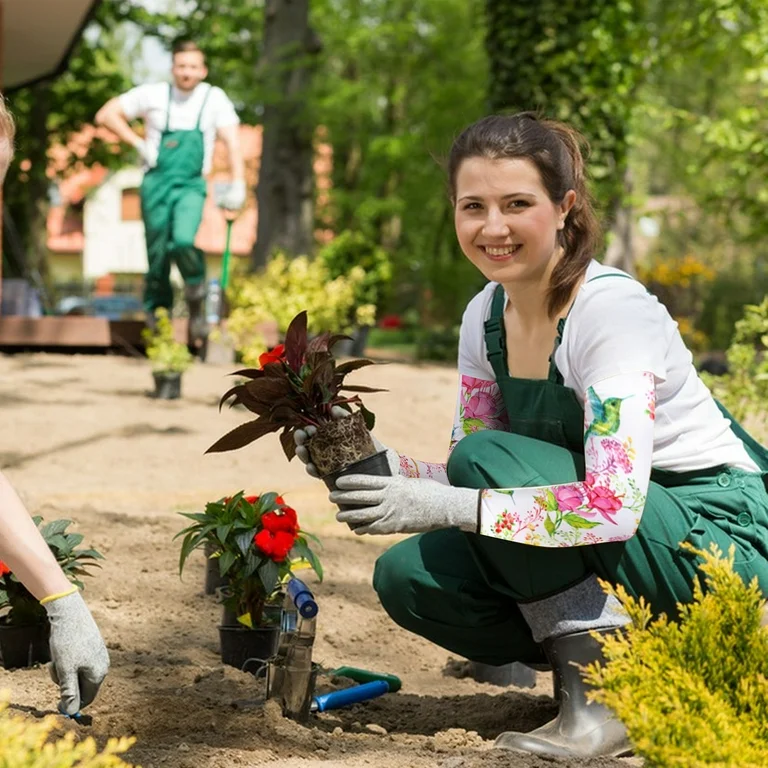
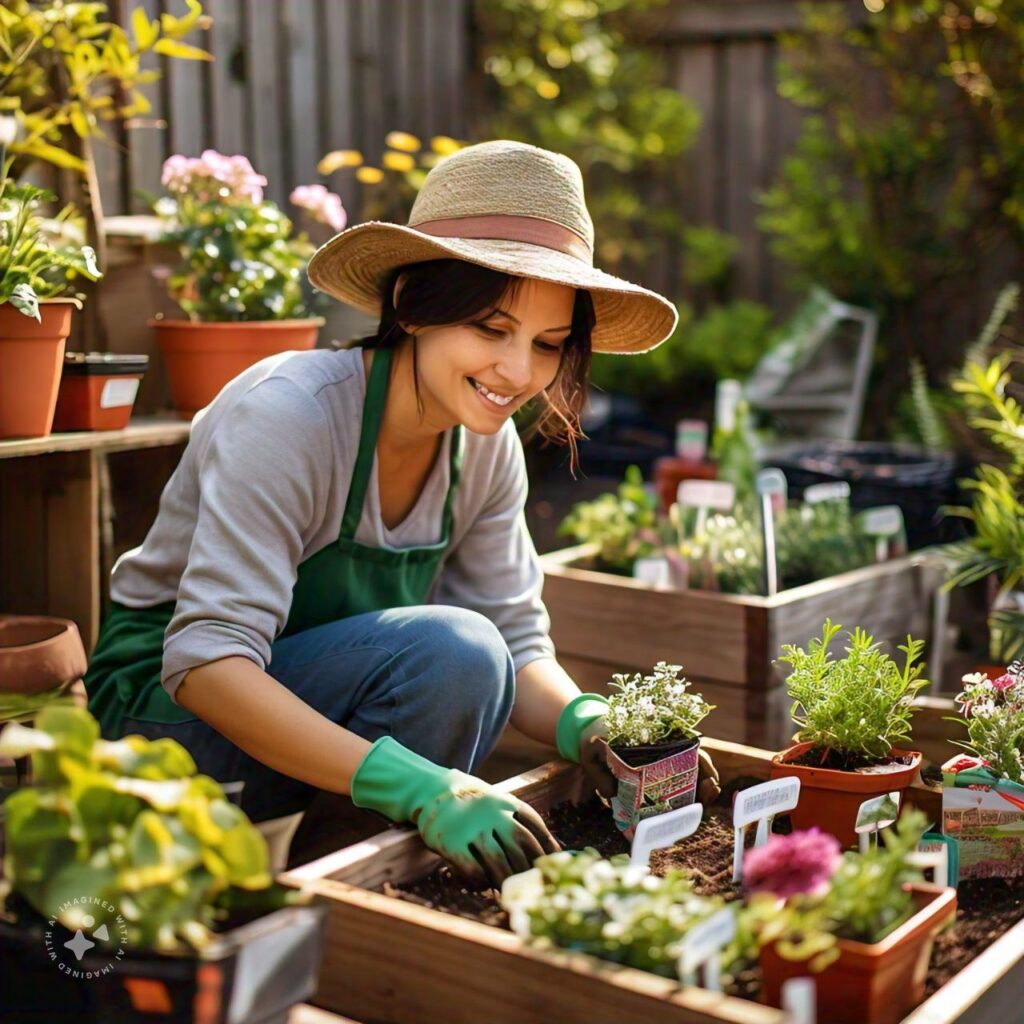
3 Comments